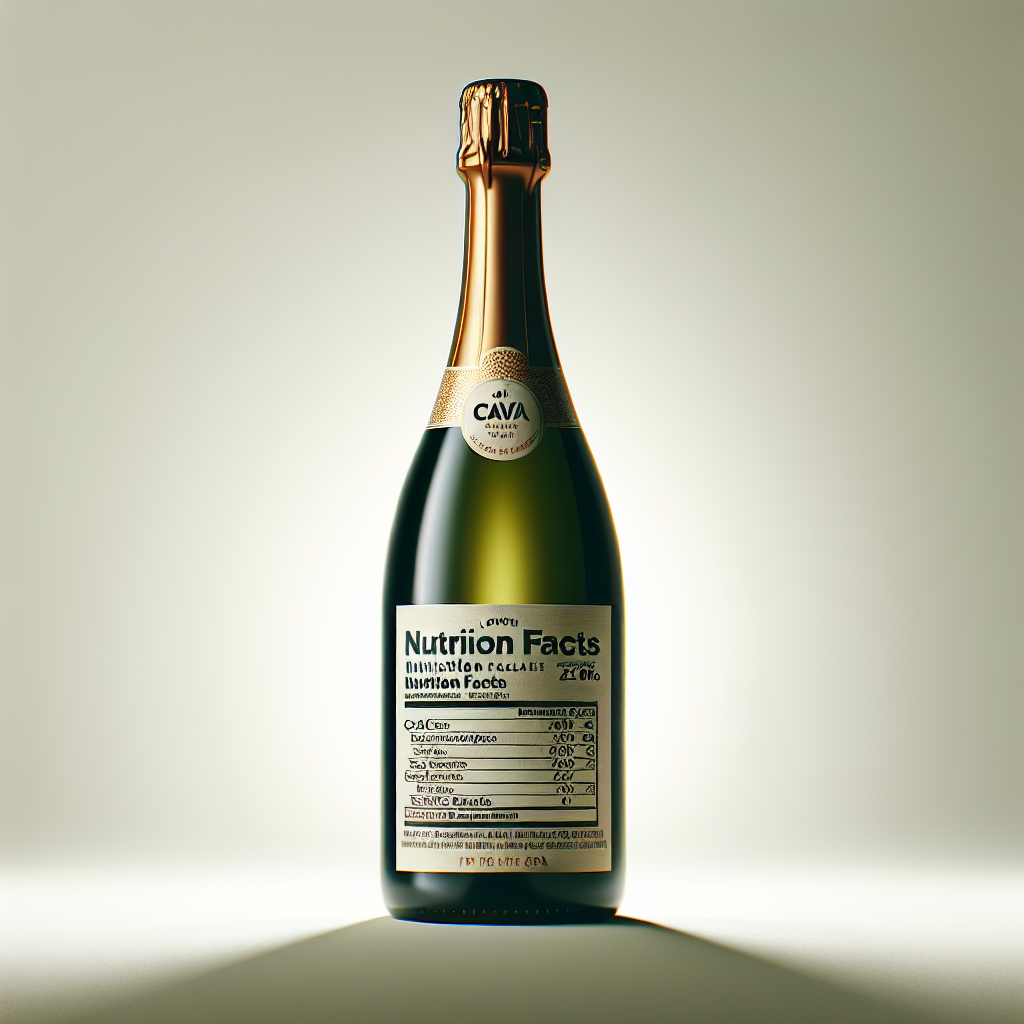Cava Wine Calories
Discover surprising facts about cava wine calories and how they can impact your diet. Find out the nutritional benefits and key information to make informed choices. Curious about cava wine calories? Let’s explore the nutritional content and serving size of this popular wine. Nutrition Facts Serving Size 1 glass (120ml) Amount Per Serving Calories 90…
Curious about cava wine calories? Let’s explore the nutritional content and serving size of this popular wine.
Nutrition Facts
Serving Size 1 glass (120ml)
Amount Per Serving
Calories
90
| Total Fat | 0 g | 0% |
| Saturated Fat | 0 g | 0% |
| Trans Fat | 0 g | 0% |
| Cholesterol | 0 mg | 0% |
| Sodium | 0 mg | 0% |
| Total Carbohydrate | 2 g | 1% |
| Dietary Fiber | 0 g | 0% |
| Total Sugars | 1 g | – |
| Protein | 0 g | 0% |
| Vitamin D | – | 0% |
| Calcium | – | 0% |
| Iron | – | 0% |
| Potassium | – | 0% |
* The % Daily Value (DV) tells you how much a nutrient in a serving of food contributes to a daily diet.
2,000 calories a day is used for general nutrition advice.
Nutrient Distribution
Calorie Burn Time
How long would it take to burn off total calories from 100g of cava wine?



